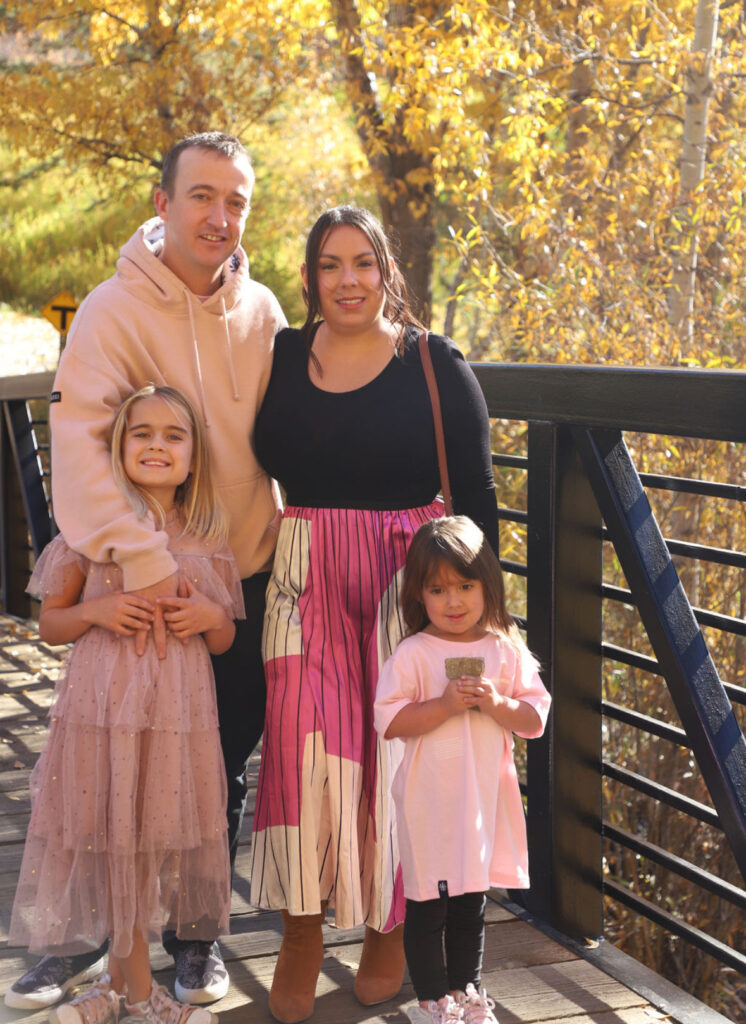Juanita Rastello knew she didn’t fit the mold of someone experiencing alcohol use disorder because she didn’t crave alcohol and would never seek it out or buy it. In fact, she could easily go for weeks or months without drinking at all.
But she also knew she had a problem with alcohol because when she did drink, she often drank too much—so much so that on many occasions, she blacked out.
“I didn’t fit the mold of an alcoholic,” Jaunita said. “When I had a drink, I might have just one glass of wine and stop there. Or I might lose all control. I could never predict what would happen.”
The National Institute on Alcohol Abuse and Alcoholism (NIAAA) defines binge drinking as a pattern of drinking alcohol that brings blood alcohol concentration (BAC) to .08% of alcohol per deciliter or higher. For a typical adult, this pattern corresponds to consuming five or more drinks for a man, or four or more drinks for a woman, in about two hours.
Binge drinking is common. In a 2023 national survey, about 22% of Americans reported binge drinking during the past month. Binge drinking is dangerous because it can lead to alcohol poisoning, which can be fatal, as well as accidents and injuries. And as Juanita found it, it can also cause behavioral and relationship problems.
The SUD Years
A native of Bogota, Colombia, Juanita grew up in a family and culture in which binge drinking was essentially expected. “It’s so socially accepted there,” Juanita said. “There was a lot of drinking in my family, so when I started drinking in high school, my parents didn’t address it.”
Juanita describes her high school and college drinking experiences as “out of control.” She was the “wild friend” who would often drink too much on weekends and routinely black out.
“This went on for 15 to 20 years,” she said. “And even though I would often wish I could turn back time, I didn’t take action.”

Juanita Rostello with her husband and two daughters.
Binge drinking and alcoholism can both be forms of substance use disorder, but they are not the same. Binge drinkers may or may not develop a dependence on alcohol. Juanita did not. But she did binge drink over the course of many years, making it a type of substance use disorder.
When she was 24, Juanita immigrated to the U.S. to be an au pair for a family in Steamboat. During that year, she met and married her husband. The couple had their first child in 2014.
“After my first daughter was born, my binge drinking became much more occasional,” Juanita said, “like during a work party or a wedding, when we had a babysitter.”
Addressing the Problem
One weekend, Juanita and her husband attended a wedding for one of her husband’s good friends, and Juanita drank too much. “It was embarrassing,” she said. “I said terrible things. The next morning, I realized that my drinking was a problem, and I couldn’t continue to do it anymore.”
After a few years largely without alcohol, Juanita gave birth to her second daughter. Then in the fall of 2019, her family traveled to Steamboat for a visit. They were drinking, and Juanita, too, had a glass of wine. That night, she knew she had to make a decision once and for all.
“That’s when I realized I could take one of two roads,” she said. “If I had just one drink, it could turn bad, or it could lead to nothing. I couldn’t predict, and I couldn’t control it. I decided I would never put myself in the position of that ever happening again.”
Sober Since 2019
Juanita quit drinking altogether. Like some binge drinkers, she found she was able to quit on her own, without professional treatment or the support of a recovery group.
“I consider myself lucky that this mental switch was everything I needed,” she said. “I told my husband, ‘I’m sober for the rest of my life,’ and so far, I have been.”
Juanita’s husband had stopped drinking five years before she did. “He was happy that I joined his world,” she said. “We knew that wasn’t the life we wanted to give our kids.”
But Juanita also shared that her other family members and friends weren’t so supportive of her decision to live sober.
“My family back in Colombia didn’t understand it,” she said. “’What’s the problem with just one?’ they would ask. It took them a long time to be OK with the fact that I was no longer drinking.”
Juanita also reports a change in friendships. At first she felt a little lost. “We lost almost all of our couple friends,” she said. “That part was a little sad, but looking back, I understand it was because their gatherings involved alcohol, and they thought we wouldn’t be comfortable around it. So over time, we found different friends and avenues. Many of our new friends also drink, but they understand that we don’t, and we can be the designated drivers.”
Today, at age 39, Juanita works remote for the University of Colorado Boulder Office of Contracts and Grants. She and her family still live in Steamboat. Life is good.
“We are so happy that we don’t drink,” she said. “But mostly we don’t think about it. I know that alcohol doesn’t serve me. I know that I never have to regret anything I might do because of it. I have a lot more mental clarity. I am always in control. It helps to discover yourself and what you would like to do with your life.”
